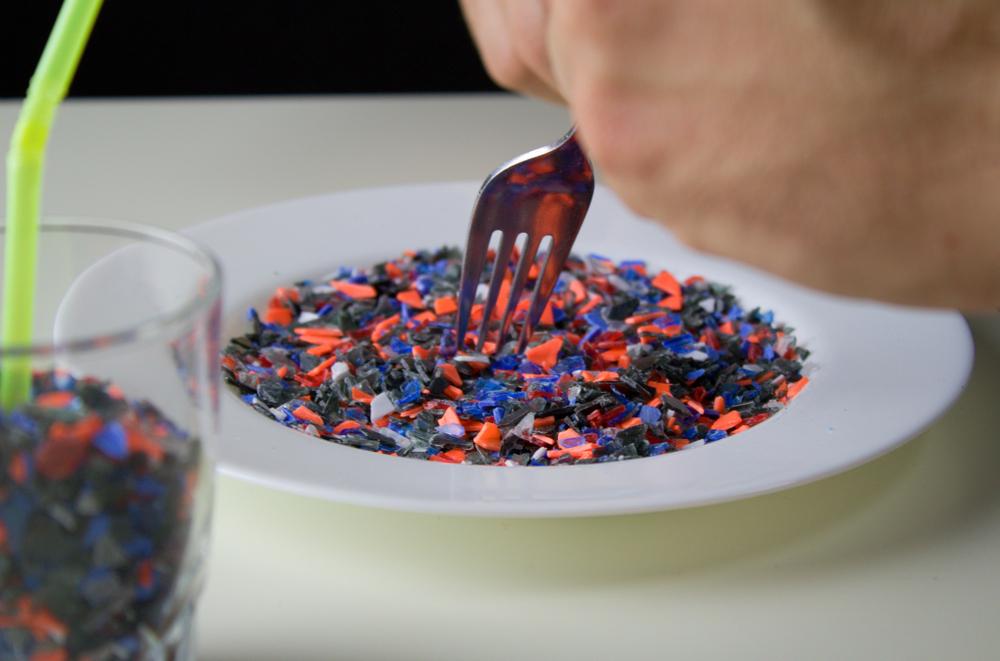You may not get down to the number you saw on the scale 20 years ago, but you can still get to a weight that enhances your health and your life.First, what does “healthy weight” mean to you? Is it the weight you think you should be? The same as you weighed 20 years ago? Ten pounds less than your sister-in-law? We can’t provide an exact number for you personally, but we can give you some pointers on how to get to a weight that’s healthy for you and stay there.
What is a Healthy Weight
Learn what it takes to get to a healthy weight (and stay there!).

Making healthier food choices and moderate activity, can help maintain a healthy weight. Shutterstock
|Updated:

